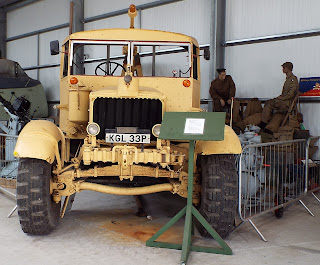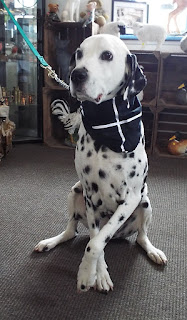The last post that I did has had amazing viewing figures. You must all be animal lovers, Marley and Buddy did look great with their bandanas. We have a dedicated building to cover the massive input that animals have had in wars. From WWI and WWII up to the present day. Most people know about pigeons, dogs and horses as they are the ones normally associated with wartime. But there are many other animals that have played their part, if only as mascots who gave a little bit of home comfort. We do not glorify war, but wish to make a tribute to the animals that gave, and still give to us, the greatest loyalty, and when needed the ultimate sacrifice. I think that possibly pigeons have saved the most lives during both world wars. In WWI they really were an essential form of communication with vast fields of pigeon coops on fields in France. In WWII they still had important roles, so much so that a pigeon parachute was designed to enable them to be dropped out of planes at a specifi...





